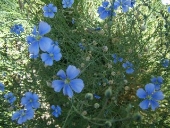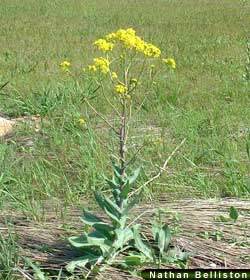I give this book 9 out of 10 acorns.
What a refreshing book to read on creating your own natural pond. Too many books I've read on building ponds seem to be nothing more than a bloated brochure for a pond chemicals or equipment. With Building Natural Ponds Robert Pavlis has made the dream of having a low-maintenance pond seem much more attainable. The book is filled with beautiful examples of functioning natural ponds to inspire and convince you that a chemical-free pond doesn't have to be a sludge filled swamp from a horror movie. Yes there will be maintenance but by following the guidelines in this book you can reduce the maintenance to an acceptable amount.
Building Natural Ponds begins with an overview of the ecological concepts related to ponds and why a properly built pond is a benefit to the environment around it. I really like that Mr. Pavlis even gives a nod to permaculture here, which is rare in a lot of books out there. The book goes from there to a few chapters regarding thing to consider during the design, planning, and building phases. Here is where you get to dive into the fun part of dreaming of all the features you want or need and (maybe not so fun) the realities involved with making those dreams come to life. The great thing is that these natural ponds involve a lot less in the name of complicated pumps and filtration systems and a lot more benefits to the environment around them.
The next couple of chapters deal with the specifics of plant and animal choices for a natural pond. These are the real workhorses of the pond, what take the place of those expensive filtering systems and the expensive chemicals. As explained in the beginning chapters, a well designed pond is a functioning ecosystem that mostly maintains itself. The next chapter deals with what maintenance is still required to keep your natural pond in tip-top shape as well as examples of why many of the maintenance items associated with a traditional pond are not necessary with a natural pond. The book finishes up with a couple of chapters concerning special cases such as large ponds, swimming pools, bogs, etc.
My only real complaint about this book is one that I have with many books - I really wish the whole book was in color instead of just a few pages. I understand the choices authors and publishers have to make concerning printing full color but still, it would make the book better. Still, I 100% recommend this book to anyone thinking about putting in a pond on their property.










